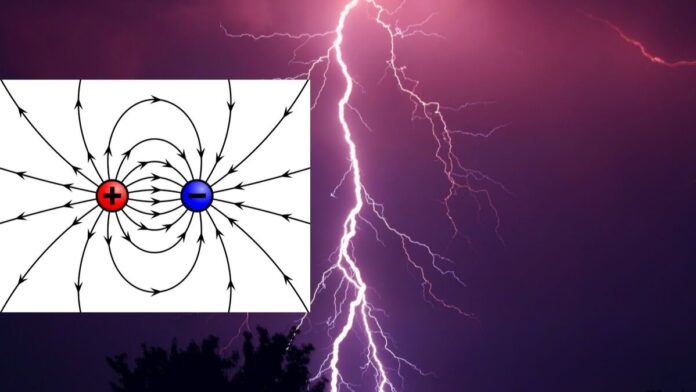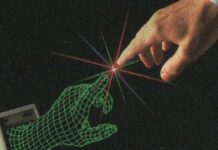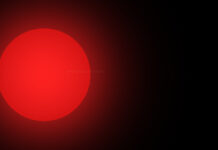Electricity is an essential part of our daily lives, powering everything from our smartphones to the appliances in our homes and the machines in our workplaces. However, the history of electric charges goes back several centuries, beginning with the ancient Greeks, who discovered the phenomenon of static electricity. Over time, scientists and inventors made significant contributions to the development of electrical technology, paving the way for the modern era of electricity.
Contents
- 1 Agastya Samhita and the Interpretation of Electrical Phenomena
- 2 The Ancient Greeks and the Discovery of Static Electricity
- 3 Charles du Fay and the Two Types of Electricity
- 4 Benjamin Franklin and the Kite Experiment
- 5 Alessandro Volta and the Invention of the Battery
- 6 Michael Faraday and the Discoveries of Electricity and Magnetism
- 7 Thomas Edison, Nikola Tesla, and the Modern Era of Electricity
- 8 Conclusion
- 9 Sources
Agastya Samhita and the Interpretation of Electrical Phenomena
The Agastya Samhita is a Sanskrit text attributed to the sage Agastya, which contains descriptions of various scientific principles. Some people have interpreted certain passages in the text to be descriptions of electrical phenomena, such as the use of electricity to power lamps and batteries. However, the accuracy and authenticity of these interpretations are a subject of debate among scholars.
Agastya Samhita is a Sanskrit text that is attributed to the sage Rishi Agastya, and it is a part of the Agama shastra tradition in India. It is believed to have been written several centuries ago and is considered to be a significant text in the fields of Ayurveda and astrology.
While the Agastya Samhita contains descriptions of various scientific principles, such as the properties of metals and the preparation of medicines, it does not explicitly describe the production of electricity. However, some people have interpreted certain passages in the text to be descriptions of electrical phenomena, such as the generation of electricity through the use of a battery-like device made of clay, copper, and zinc.
It’s important to note that the interpretations of the Agastya Samhita that suggest the production of electricity are not widely accepted in the scientific community, and there is no concrete evidence to support these claims. While the text may contain valuable information on various subjects, including science, it is not considered a scientific document by modern standards.
The Ancient Greeks and the Discovery of Static Electricity
The ancient Greeks were the first to observe the phenomenon of static electricity, which they discovered by rubbing certain materials together, such as amber or fur. They observed that this process created a static charge that could attract small objects like feathers or pieces of paper. This discovery led to the development of the modern term “electricity,” which comes from the Greek word for amber, “Elektron.”
Charles du Fay and the Two Types of Electricity
In 1733, French physicist Charles du Fay discovered that there were two types of electricity: positive and negative. He observed that objects with the same charge repelled each other, while objects with opposite charges attracted each other. This discovery paved the way for future developments in electrical technology.
Benjamin Franklin and the Kite Experiment
In the mid-18th century, American statesman and inventor Benjamin Franklin conducted his famous kite experiment to prove that lightning was a form of electricity. He flew a kite with a metal key attached to it during a thunderstorm and observed a spark jump from the key to his hand. This experiment led to the invention of the lightning rod, which is still used today to protect buildings from lightning strikes.
Alessandro Volta and the Invention of the Battery
In the late 18th and early 19th centuries, Italian physicist Alessandro Volta invented the first battery, which could produce a steady flow of electric current. Volta’s battery was made of alternating layers of zinc and copper discs separated by cardboard soaked in saltwater. This invention paved the way for the development of modern electrical technology.
Michael Faraday and the Discoveries of Electricity and Magnetism
In the 19th century, British physicist Michael Faraday made several important discoveries about electricity and magnetism. He discovered that a magnetic field could induce an electric current in a wire and that an electric current could produce a magnetic field. These discoveries led to the development of electric motors and generators.
Thomas Edison, Nikola Tesla, and the Modern Era of Electricity
In the late 19th and early 20th centuries, inventors such as Thomas Edison and Nikola Tesla made significant contributions to the development of electrical technology. Edison invented the first practical incandescent light bulb and the first electrical power distribution system. Tesla invented the alternating current (AC) motor, which allowed electrical power to be transmitted over long distances. Their inventions paved the way for the modern era of electricity.
Conclusion
The history of electric charges spans several centuries and involves many notable scientists and inventors who made significant contributions to the development of electrical technology. From the ancient Greeks to modern-day engineers, people have been fascinated by the power of electricity and its many practical applications. While the interpretations of the Agastya Samhita’s descriptions of electrical phenomena remain controversial, they serve as a reminder of the long history of human curiosity and inquiry into the workings of the natural world.
Sources
- Kline, R. (1990). “Electricity in the 17th and 18th centuries: A study of early modern physics.” University of California Press.
- Carlson, W. B. (2003). “A brief history of electrical technology.” IEEE Industrial Electronics Magazine, 1(1), 8-13.
- Encyclopædia Britannica. (2021). “Electricity.” In Encyclopædia Britannica.
- Franklin, B. (1751). “Experiments and observations on electricity.” W. Strahan.
- MIT Technology Review. (2016). “Electricity.” In MIT Technology Review.
- National Academy of Sciences. (1964). “The growth of science: An outline history.” National Academy of Sciences.
- Tesla, N. (1891). “Experiments with alternate currents of high potential and high frequency.” American Institute of Electrical Engineers.
- The Royal Society. (2021). “Electricity.” In The Royal Society.
- Thackray, A. (1970). “A short history of Science to the 19th Century.” Clarendon Press.
- U.S. Department of Energy. (2021). “Electricity.” In the U.S. Department of Energy.
FACT CHECK: We strive for accuracy and fairness. But if you see something that doesn’t look right, please Contact us.
DISCLOSURE: This Article may contain affiliate links and Sponsored ads, to know more please read our Privacy Policy.
Stay Updated: Follow our WhatsApp Channel and Telegram Channel.














